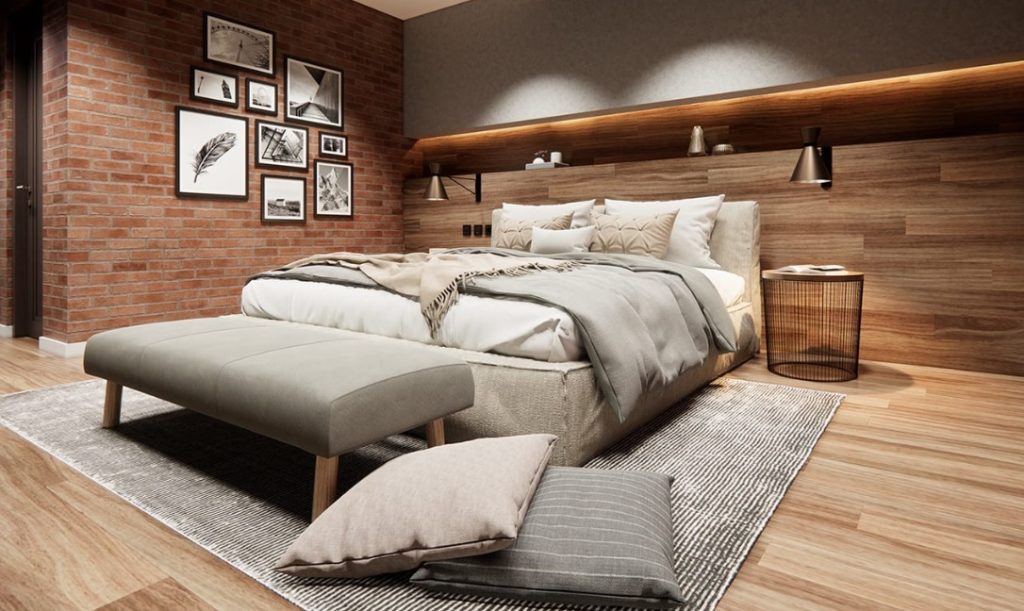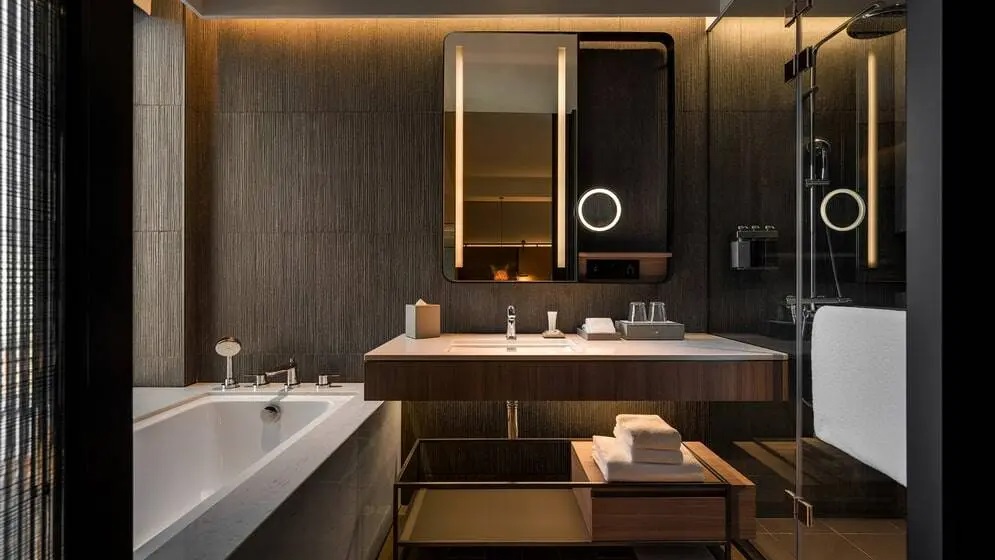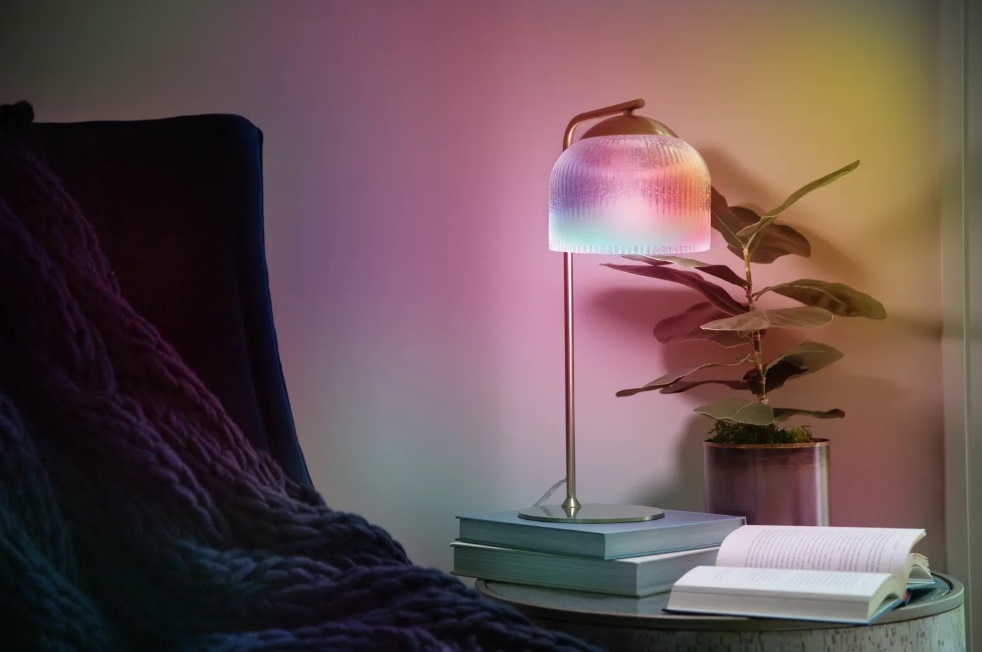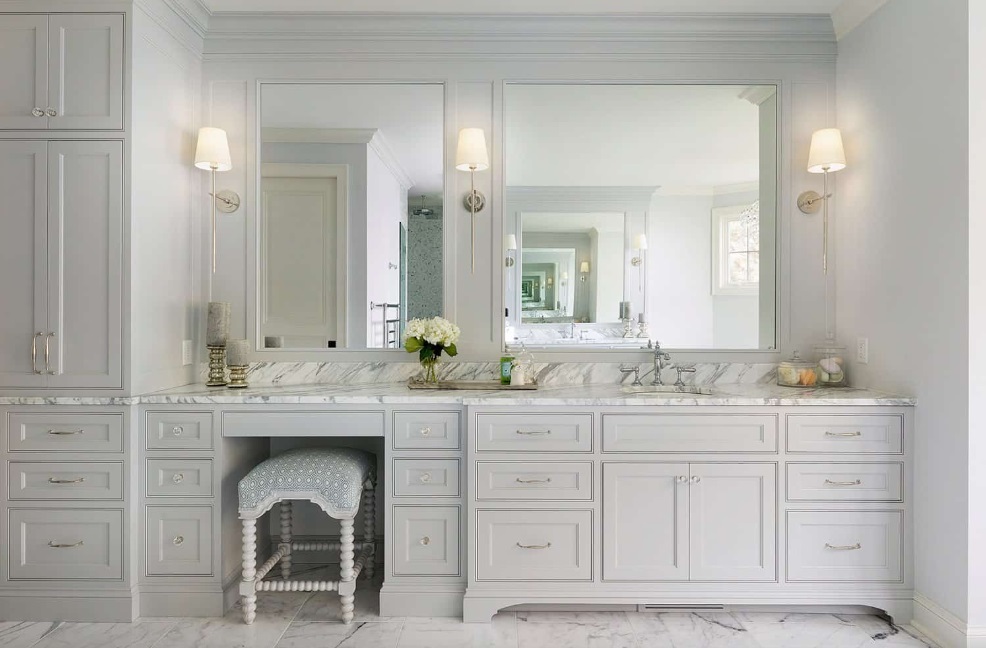How to soften LED lights? Have you made the switch to energy-efficient LED lighting around the house yet? While LEDs are great for saving money and reducing your environmental footprint, harsh lighting can be hard on the eyes. The good news is there are some easy tricks on how to soften LED lights for a warmer ambiance.
Read on to learn how adding a dimmer, choosing a warmer color temperature, diffusing the light, and adjusting the beam angle can make those LEDs easier on the eyes without sacrificing efficiency. Your eyes and energy bill will thank you.
With a few simple changes, you can enjoy the benefits of LEDs without the discomfort of an operating room vibe in your living room.

Choose LEDs with diffused lenses or covers
Choosing LEDs with diffused lenses or covers is one of the easiest ways to soften the bright light of LED lights. Diffused lenses spread the light out, scattering it, so the source isn’t as visible.
Look for LEDs labeled as “frosted,” “opaque,” or “wide angle.” These provide a wider beam of light that’s less focused. Frosted or opaque lenses have a textured surface that helps diffuse the light. Wide-angle LEDs have a domed lens that spreads the light over a wider area.
You can also add your diffuser by placing a sheet of parchment, vellum, or wax paper over the LED light sources. Secure it in place with painter’s tape, clips, or a cover for lighting fixtures. This works for spotlights, track lighting, and recessed lighting. For strip lighting, you can buy adhesive-backed diffuser channels that you simply stick onto the LED light strips.
Using a dimmer switch with your LEDs allows you to lower the brightness, which also helps soften LED lights. Even dimming the lights by 30-50% can make a big difference.
For areas where you want more ambient light but less glare, consider using LEDs with a color temperature of 3000k which has a warm, yellow glow, or LEDs in the 000 range which provide a candle-like glow. The warmer color temperatures are easier on the eyes and create a softer feel.
With the variety of diffusers, dimmers, and color temperature options available for LEDs these days, you can easily soften LED light and create the perfect ambiance in your home. Your eyes will thank you!

Use dimmer switches to control the brightness
LED lights are energy efficient but the cool white LEDs can be harsh on the eyes. The good news is there are some easy ways how to soften LED lights.
The simplest solution is to use dimmer switches. Dimming the bright light by even just 20-30% can make a big difference in softening LED lights while still providing plenty of light. Look for LED lights compatible dimmer switch, you can install it in place of your current on/off switch.
You can also choose LED bulbs with a warmer light. The Kelvin rating (K) of the light bulb indicates the color temperature – higher K means a cooler, bluer tone, while lower K produces a warm light, yellow glow. For living rooms and bedrooms, stick to light bulbs in the 2700K to 3000K range for a cozy feel.
Task lighting is another option. Use dimmable tables and floor lamps with light bulbs around the space to provide ambient light. Their glow will feel softer than overhead light fixtures. Layer multiple light fixtures and sources at different levels for the most natural effect.
If possible, diffuse the light by using frosted light bulbs or placing a shade over bare light bulbs. A simple drum shade, globe, or cylindrical shade will help scatter the light and reduce glare. For recessed lights, install a trim with a baffle or lens cover.
With a few easy adjustments, you can soften LED lights for a lighting scheme that’s kind to the eyes and warm and inviting. Your space and your eyes will thank you.

Simple strategies for a glare-free glow
One of the biggest complaints about LED lights is their harsh, bright glare. The good news is there are some simple tricks on how to soften LED lights and make them more pleasant.
Placement
Where you place your LED lights can make a big difference in how harsh the light appears.
Aim LED lights at walls or ceilings.
Rather than directing them straight at the area, you want to illuminate and aim them at walls or ceilings. The light will reflect off the surface, dispersing the glare.
Choose many low-watt LEDs over one high-watt
Use multiple low-wattage LED lights rather than a single high-wattage one. Several small LED lights spread over an area provide more even lighting.
Increase the distance
Increase the distance between the LED lights and the area it’s meant to light. Move floor and table lamps farther away, or install overhead lighting at a higher mounting height. The greater the distance, the softer the light will appear.
Use LED lights with a wider beam angle
Wider beam angles, usually 50 to 120 degrees, help disperse the light over a larger area, so the source of the glare is less obvious. Spotlights with a narrow 10 to 40-degree beam angle should be avoided in areas where glare is a concern.
Install dimmers
A dimmer gives you control over the brightness, allowing you to turn down the light to a level that’s comfortable for the space and task. Not all LED lights are dimmable, so check product specs before buying.
Use soft LED lights with shades and diffusers
Adding a shade, cover, or diffuser in front of LED lights helps scatter the light to reduce glare. Opaque or translucent shades/diffusers work best for softening bright LED lights.
Avoid using direct sunlight or heat lamps with LED lights – these can be very harsh and uncomfortable, and may not be appropriate for use in a bedroom or other areas where comfort is a priority.
With some experimentation, you can find the right placement and accessories to soften LED lights. Your eyes will thank you!

Try amber or warm white light bulbs
When the bright LED lights are too much, try switching to amber or warm white light bulbs to soften LED lights. These bulbs emit a warmer, yellower light that is less harsh on the eyes.
Amber bulbs
Amber bulbs have an orange hue that provides mood lighting and a cozy ambiance. They are ideal for living rooms, bedrooms, and outdoor spaces like porches or patios. Amber bulbs with a lower lumen rating, around 600 to 800 lumens, will create a soft glow perfect for relaxing evenings at home.
For task lighting where you need to see details, choose amber LED lights dim light bulbs with 1,200 lumens or more. These provide sufficient illumination while still being easy on the eyes. Popular amber light bulb color temperatures include 2200K for a dim, candle-like glow and 2700K for a brighter, more versatile option.
Warm white lights
Warm white LED light bulbs have a yellowish tint and color temperature ranging from 2700K to 3000K. They emit a light that is less blue light than daylight or cool white bulbs but brighter than amber or warm light bulbs. Warm white bulbs rated at 800 lumens or more are ideal for general lighting needs in homes.
They work well in living rooms, kitchens, bedrooms, and outdoor spaces. The color temperature of 2700K is a good all-purpose choice, while 3000K LED light bulbs have a slightly brighter, whiter light. For task lighting, use a warm light bulb with 1,200 lumens or more.
Using amber or warm white LED bulbs is an easy way to create an inviting ambiance in your home while reducing glare and eyestrain. Experiment with different color temperature and lumen ratings to find the perfect balance of soft, ambient light for your needs.

Softening LED lights: recap
LED lights are energy efficient but can seem harsh. Here are some tips on how to soften LED lights.
Dimmer switch and smart bulbs
Dimming LED lights or using smart bulbs with adjustable color temperature are easy ways to reduce glare. Dimming cuts the brightness while keeping the warm, yellow-hued glow. Smart bulbs let you adjust from blue light, a higher Kelvin color temperature (which seem brighter) to warmer, lower Kelvin temps.
Diffusers and shades
Placing some type of cover over the bare LED bulb helps scatter the light and mellow the harshness. Frosted glass or plastic shades, latticed covers, and fabric lampshades all work well. For recessed or track lighting, install diffusers over the bulbs.
Reflectors
If possible, aim the LED light bulb at reflective surfaces like walls or ceilings to soften LED lights, rather than shining directly into living spaces. This indirect lighting illuminates the room without the glare.
Task lighting
Use LED lights primarily for task lighting, like under-cabinet lights in kitchens or desk lamps in offices. This avoids flooding living areas with harsh overhead LED lights. Softer ambient lighting can then come from other sources.
Warm lights
Choose LED lights and smart LED light bulbs labeled “warm white” or a lower color temperature like 2700K to 3000K to soften LED lights. These produce a yellow light that seems more natural and gives off less harsh shadows than the higher blue-toned Kelvin color temperature of 5000K or more.

Layered lighting
Rely on multiple light sources in each room, including overhead ambient nature lights on dimmers, table, and floor lamps, and task lighting. By layering your lighting and using a variety of LED technology and light bulb types, you soften LED lights and create a comfortable glow without a single harsh glare.
Placing lampshades
Lampshade placement helps to reduce light levels. If fabric is utilized, it can effectively disperse and mellow the intensity of the lamp’s light. Lampshades are available in several sizes in most home stores.
By following these tricks of the trade, you can have efficient lighting throughout your home without the annoyance of a glaring glow.
Conclusion
So, there you have it, a few easy ways how to soften LED lights and create a softer, warmer glow in your home. A simple diffuser here, a light switch there, maybe a warmer LED light bulb or two – small changes that can make a big difference in transforming a space. LED lighting has so many benefits, but a sterile, cold feeling isn’t one of them.
With some clever tricks up your sleeve now, you can enjoy all the energy efficiency and long life of LED lights with none of the downsides.
Your space and your eyes will thank you for it! Make your home inviting and cozy – you deserve to be surrounded by a light that makes you feel good.
FAQ
How do you soften harsh LED lights?
Whitedims is a perfect solution to soften LED lights without leaving a dark area. Adding a dim white layer to the light is a simple temporary solution if it doesn’t get bright enough to light up the room. Dark dimmers diffuse light by removing harsh LED lights and integrating them perfectly.
How do you dull LED lights?
You can dull LED lights by using dimmers, installing diffusers or shades, choosing LEDs with wider beam angles, or increasing the distance between the light source and the area it’s illuminating.
How do you make lights softer?
Diffusion matters. The first point seems to be the clearest. Diffusion is a simple but easy way how to soften LED lights. The quality of light you create changes from silk and light paper.
Is too much bright light harmful to your eyes?
Exposure to excessive light can indeed be harmful to your eyes. Prolonged or intense exposure to harsh light, such as sunlight or artificial lighting, can cause eye discomfort, fatigue, and even damage to the retina. This is particularly true if you don’t protect your eyes with sunglasses or other appropriate eyewear.
It’s important to strike a balance and avoid prolonged exposure to excessively brightlights to maintain good eye health.
Why is LED light bright?
LED lights appear bright due to the way they produce light. Unlike traditional incandescent bulbs, which create light by heating a filament, LEDs produce light when electricity is applied to a semiconductor material.
This process, known as electroluminescence, is highly efficient and generates very little heat, allowing more of the energy to be converted into light. Additionally, LEDs can be designed to emit light of specific colors, including very bright white lights.


